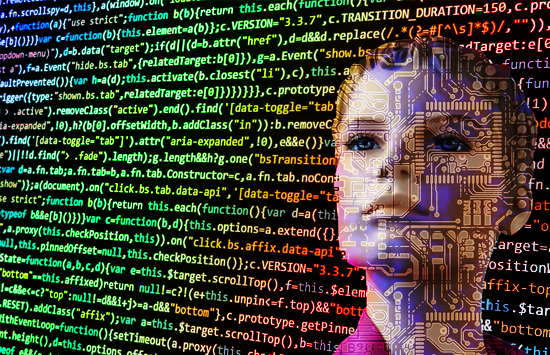Student will be able to,
ILO1: Describe the human speech production and perception systems and associated models.
ILO2: Write programs in a high-level language to analyze, visualize and extract features form speech signals.
ILO3: Apply speech processing techniques and algorithms learned for simple speech processing tasks.
ILO4: Build a language model for a selected language for speech recognition and synthesis purposes.
ILO5: Use open source speech recognition and speech synthesis toolkits to build systems for speech recognition and synthesis.



